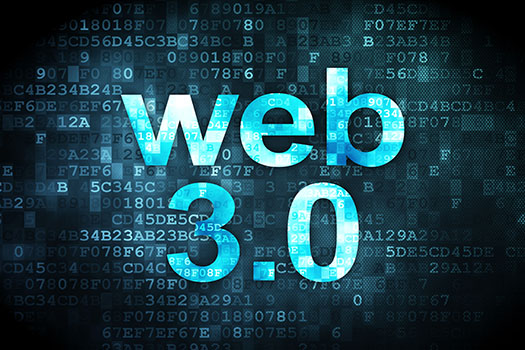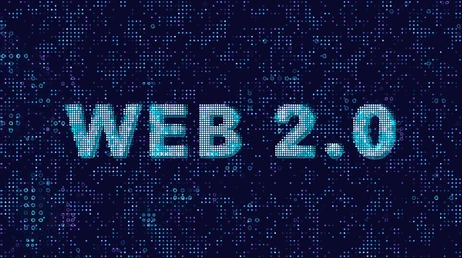World Wide Web

Next generation of the World Wide Web 3.0
Web 3.0 is the next generation of the World Wide Web, which is characterized by decentralized systems, advanced artificial intelligence, and increased user control over data.
In Web 3.0, the focus is on creating a more intelligent, efficient, and decentralized web. This is achieved through the use of new technologies such as blockchain, distributed ledgers, decentralized storage, and peer-to-peer networking. These technologies enable users to interact with each other directly, without the need for intermediaries such as social media platforms and search engines.
Web 3.0 also places a greater emphasis on user privacy and data security, with users having more control over their personal data and the ability to grant or revoke permissions to access it. This is in contrast to Web 2.0, where large tech companies have been criticized for collecting and using user data without explicit consent.
Overall, Web 3.0 represents a shift towards a more decentralized and user-centric internet, with a greater focus on privacy, security, and autonomy for users.

Web 2.0 not going away soon
No, web 2.0 is not going away anytime soon. Web 2.0 is a term used to describe the evolution of the internet from a static collection of web pages to a more interactive and dynamic web experience. This evolution has given rise to social media platforms, video-sharing sites, online marketplaces, and other web-based applications that allow users to collaborate, communicate, and share information in new ways.
While web 3.0 is seen as the next step in this evolution, it is still in the early stages of development and adoption. Web 2.0 technologies and applications are still widely used and will continue to be relevant for the foreseeable future. In fact, many web 2.0 technologies, such as cloud computing, mobile apps, and social media, are being integrated into web 3.0 platforms to create new, decentralized applications and services.
It's worth noting that the transition from web 2.0 to web 3.0 will likely be gradual and may take several years to fully realize. As such, web 2.0 will continue to be an important part of the internet landscape for some time to come.
Future of web browser in Web 3.0
Web browsers are likely to play an important role in Web 3.0 as they will continue to serve as the primary interface between users and decentralized applications (dApps) on the blockchain. However, web browsers in Web 3.0 will likely need to evolve to meet the specific requirements of a decentralized web.
Some of the key changes that we may see in web browsers in Web 3.0 include:

Enhanced privacy and security:
Web 3.0 browsers will need to be more secure and private than current web browsers, as they will be accessing and interacting with decentralized applications that handle sensitive user data and digital assets.

Native support for decentralized protocols:
Web 3.0 browsers may need to natively support decentralized protocols such as IPFS (InterPlanetary File System) and blockchain networks like Ethereum and Polkadot, to enable users to access and use dApps without needing additional plugins or extensions.

Improved user experience:
Web 3.0 browsers will need to provide a user experience that is on par with or better than current web browsers, while also offering new features and capabilities unique to a decentralized web.

Integration with hardware wallets:
Web 3.0 browsers may need to integrate with hardware wallets to enable secure storage and management of users' digital assets.
Overall, the future of web browsers in Web 3.0 will likely involve a combination of existing browser technologies and new, decentralized protocols and interfaces. As the Web 3.0 ecosystem continues to grow and evolve, we can expect to see new and innovative approaches to building web browsers that meet the unique requirements of a decentralized web.